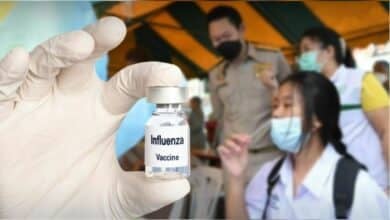Navigate PM2.5 hazards with the ultimate mask guide
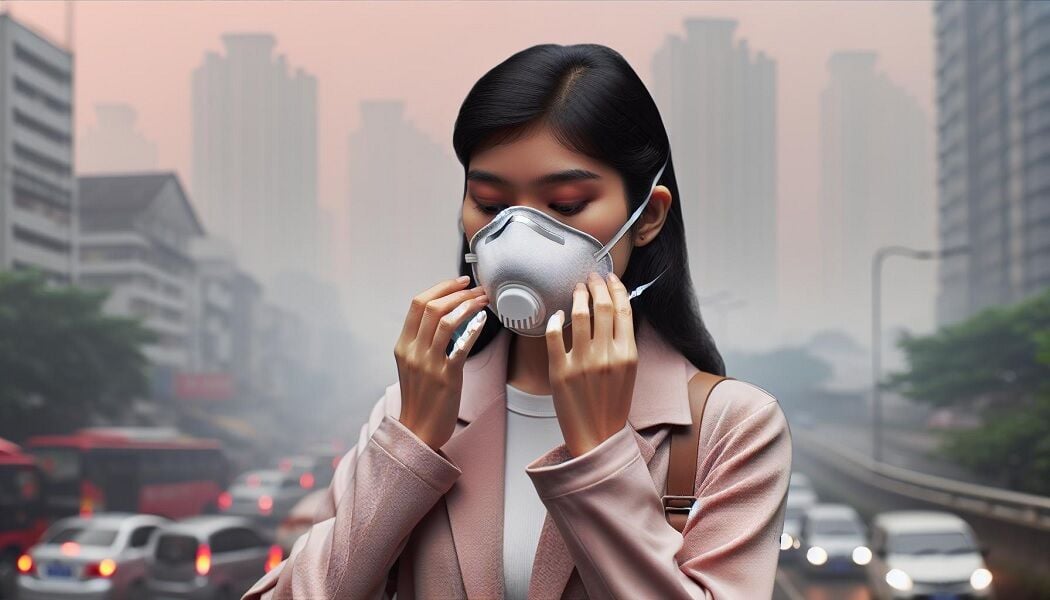
With the rising concerns over air quality, particularly the presence of PM2.5 particles, finding the right mask has become more crucial than ever. These tiny particles, no more than 2.5 microns in size, can penetrate your lungs and even enter your bloodstream, posing significant health risks. They’re not just dust; they’re carriers of harmful substances like heavy metals and carcinogens.
Choosing the best mask to shield yourself from these particles involves understanding the science behind mask filtration and fit. Recent studies, including those conducted at reputable institutions, have shed light on how different masks offer varying levels of protection against aerosols that mimic PM2.5.
Understanding PM2.5 pollution
When diving into the realm of air pollutants, PM2.5 stands out due to its minuscule size and significant health risks. You may not have considered that these particles are less than 2.5 microns in diameter, making them smaller than a single strand of human hair. Living in urban areas like Bangkok or any other city grappling with air quality issues brings PM2.5 pollution close to home. It’s not just about haze or reduced visibility – it’s a matter of health. These particles bear various harmful substances, including cadmium, mercury, and hydrocarbons, making them a silent yet formidable threat to your well-being.
The role of masks in combating PM2.5 pollution is pivotal. Many believe that any mask will do, resorting to simple cloth coverings or surgical masks to ward off the dust. However, the reality is starkly different. When it comes to Best Masks to Wear to Protect from PM2.5, Embracing this knowledge, you’re better equipped to select masks that genuinely safeguard your health against PM2.5 pollution. Remember, your choice of mask can make a significant difference in your exposure to these harmful particles. In the quest for cleaner air and a healthier life, understanding and acting upon this information is a step in the right direction.
Types of masks for PM2.5 protection
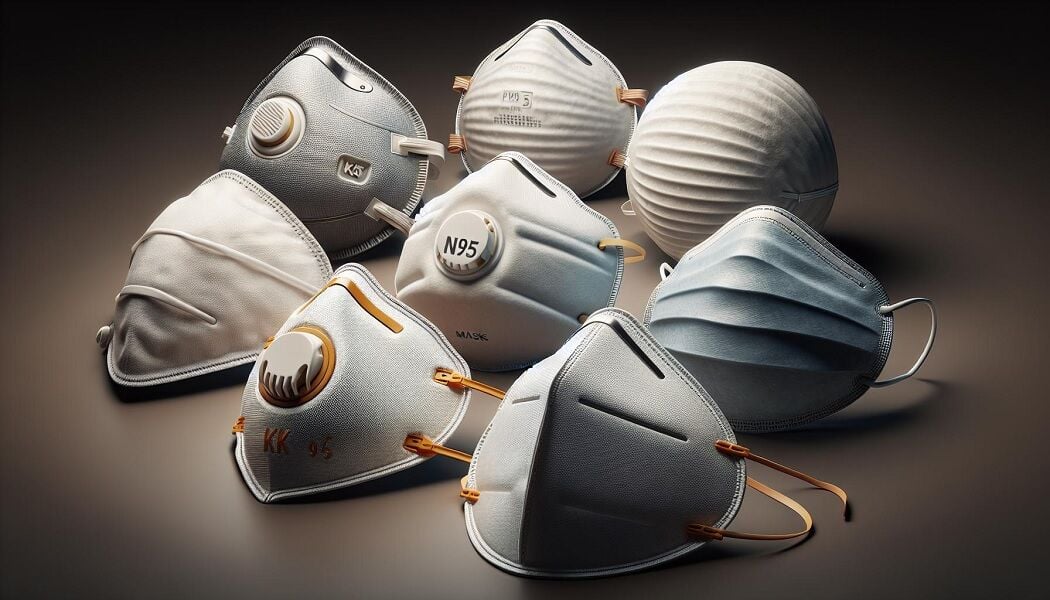
When it comes to defending yourself against PM2.5 pollution, the choice of your mask can significantly affect your health. With various options available, understanding which masks offer the best protection is crucial.
N95 masks
N95 masks have set the standard for effective protection against PM2.5 pollution. These masks are specifically designed to block at least 95% of airborne particles that are as small as 0.3 microns. Unlike typical cloth masks, N95s are constructed with a sophisticated filtration system that incorporates multiple layers of synthetic material. This design not only traps but also filters out harmful particulate matter before it can enter your respiratory system.
One unique aspect of N95 masks is the requirement for a proper seal against the face to ensure maximum protection. Achieving this fit means performing a seal check every time you wear it, a step that’s as crucial as it is overlooked. Given their construction and the absence of disposable filters, N95 respirators are primarily intended for single use, thus ensuring that each wear provides optimal filtration.
KN95 masks
KN95 masks are often discussed alongside N95 masks as they offer similar levels of protection against airborne pollutants. Designed to meet the Chinese standards for respirator masks, KN95s are capable of filtering out 95% of particles that are 0.3 microns or larger. While they share many features with N95 masks, such as the multi-layer filtration technology, KN95 masks can offer a slightly different fit, catering to a broader range of face shapes and sizes.
The choice between KN95 and N95 often comes down to availability, fit, and comfort, given that both types have been proven to offer robust protection against PM2.5 pollution. It’s essential, however, to source these masks from reliable suppliers to ensure they meet the specified protection standards.
Surgical masks
While surgical masks are more readily available and commonly used, it’s important to note that they offer comparatively less protection against PM2.5 pollution than N95 or KN95 masks. Designed primarily to protect others from the wearer’s respiratory emissions, surgical masks can still provide a barrier against larger particulate matter. Unfortunately, due to their loose fit and the materials used, they are less effective in filtering out the fine PM2.5 particles.
Although they may not be the best masks to wear to protect from PM2.5, surgical masks serve as a basic form of protection, particularly when higher-grade respirators are unavailable. Their widespread use during health crises has demonstrated their role in containing larger respiratory droplets, emphasising their importance in a comprehensive approach to public health.
Choosing the right mask to protect against PM2.5 pollution is a significant step towards health safety, especially in areas where air quality frequently falls below recommended levels. Whether you opt for the high-grade filtration of an N95 or KN95 mask or the basic protection offered by surgical masks, understanding the capabilities and limitations of each type ensures you’re better equipped to safeguard your health against fine particulate matter.
Factors to consider when choosing a mask
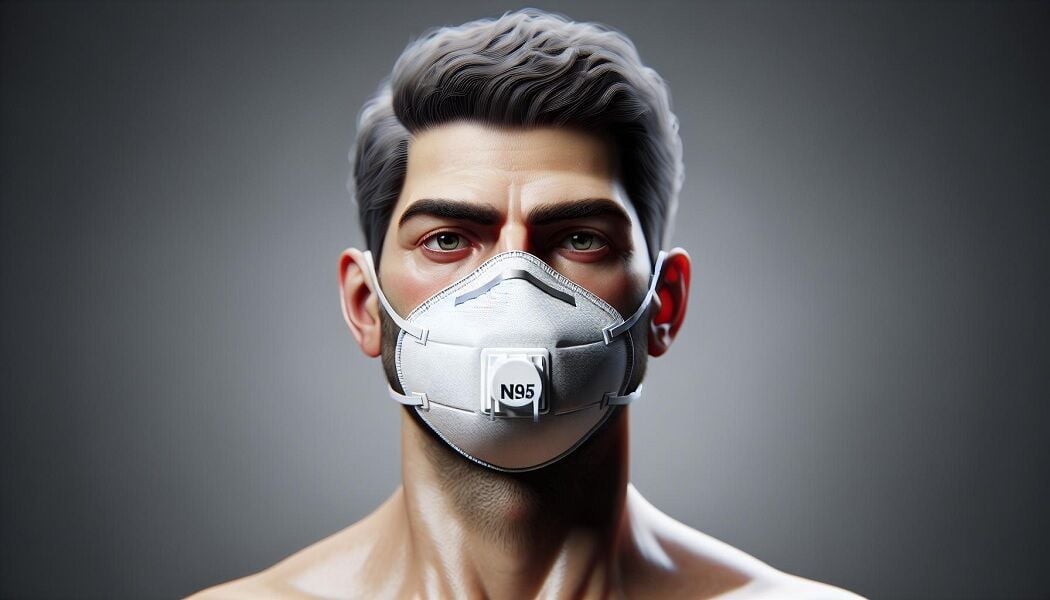
When you’re on the hunt for the best masks to shield yourself from PM2.5 pollution, several crucial aspects demand your attention. It’s not just about picking any mask off the shelf; it’s about making an informed choice that aligns with your needs and offers the best protection. Let’s delve into the key factors you should weigh before making your selection.
Proper fit
A mask’s effectiveness is significantly compromised if it doesn’t fit correctly. An ideal mask should snugly cover your nose, mouth, and chin without any gaps. These gaps can allow polluted air, carrying PM2.5 particles, to bypass the filter, rendering the maskless effective. To ensure you’re getting the full benefit, always opt for masks with adjustable straps and nose bridges. These features allow you to customize the fit, ensuring a tight seal against your face. Remember, a well-fitting mask not only maximizes protection but also enhances comfort, encouraging longer wear times which is crucial in heavily polluted environments.
Filtration efficiency
The primary purpose of wearing a mask is to filter out harmful pollutants, including PM2.5 particles. Therefore, understanding the filtration efficiency of a mask is paramount. Masks like the N95 are renowned for their ability to filter out 95% of airborne particles, including PM2.5, offering you robust protection in polluted settings. However, not all masks offer this level of efficiency. When assessing your options, look for masks that provide detailed information about their filtration capabilities, specifically against PM2.5 particles. This data is often available on the packaging or the manufacturer’s website. High-efficiency masks might be slightly more expensive, but the investment is justified for the level of protection they provide, especially in areas where air quality frequently dips into unhealthy ranges.
Selecting the right mask involves more than just picking the first option you see. Paying close attention to factors like proper fit and filtration efficiency ensures you’re well-equipped to combat the health risks associated with PM2.5 pollution. With the right mask, you can step out confidently, knowing you’re protected against the invisible threat that lurks in the air.
Tips for effective mask usage
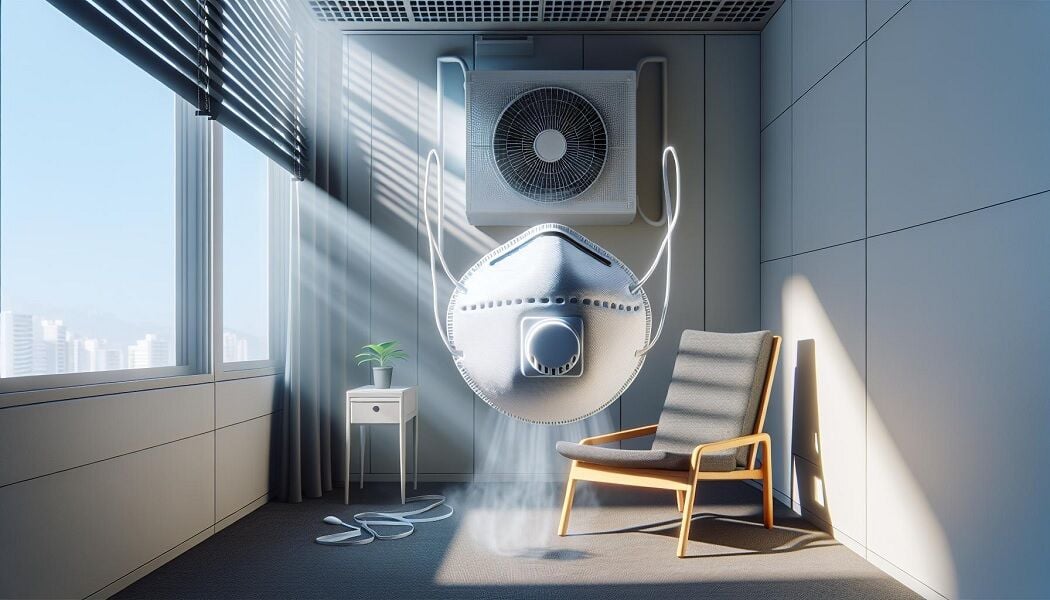
When it comes to safeguarding yourself from PM2.5, understanding the right practices for mask use is pivotal. Navigating through the plethora of options, you might wonder which best masks to wear to protect from PM2.5 are. While specific types, such as N95 respirators, stand out due to their high filtration efficiency, the way you use these masks significantly impacts their protective ability.
First off, ensuring a snug fit is crucial. N95 masks, renowned for filtering out 95% of air pollutants, need to hug your face perfectly to maintain that level of protection. Before stepping out, perform a seal check. This involves covering the mask with your hands gently and exhaling. If you feel air leaking from the edges, adjust the fit until it’s secure. Unlike other masks, the N95’s effectiveness largely hinges on this air-tight seal.
The threat posed by PM2.5 particles is both silent and pervasive. These invisible invaders, smaller than a strand of human hair, can bypass our body’s natural defenses, penetrating deep into our lungs and even entering our bloodstream. Carrying harmful substances such as heavy metals and carcinogens, they pose a significant risk to our health. Understanding how to protect ourselves, particularly through the selection of effective masks, is not just a matter of convenience—it’s a critical step in safeguarding our health against the insidious dangers of air pollution.
Parts of this article, including images, may have been generated using AI tools before an editor reviewed it.





























